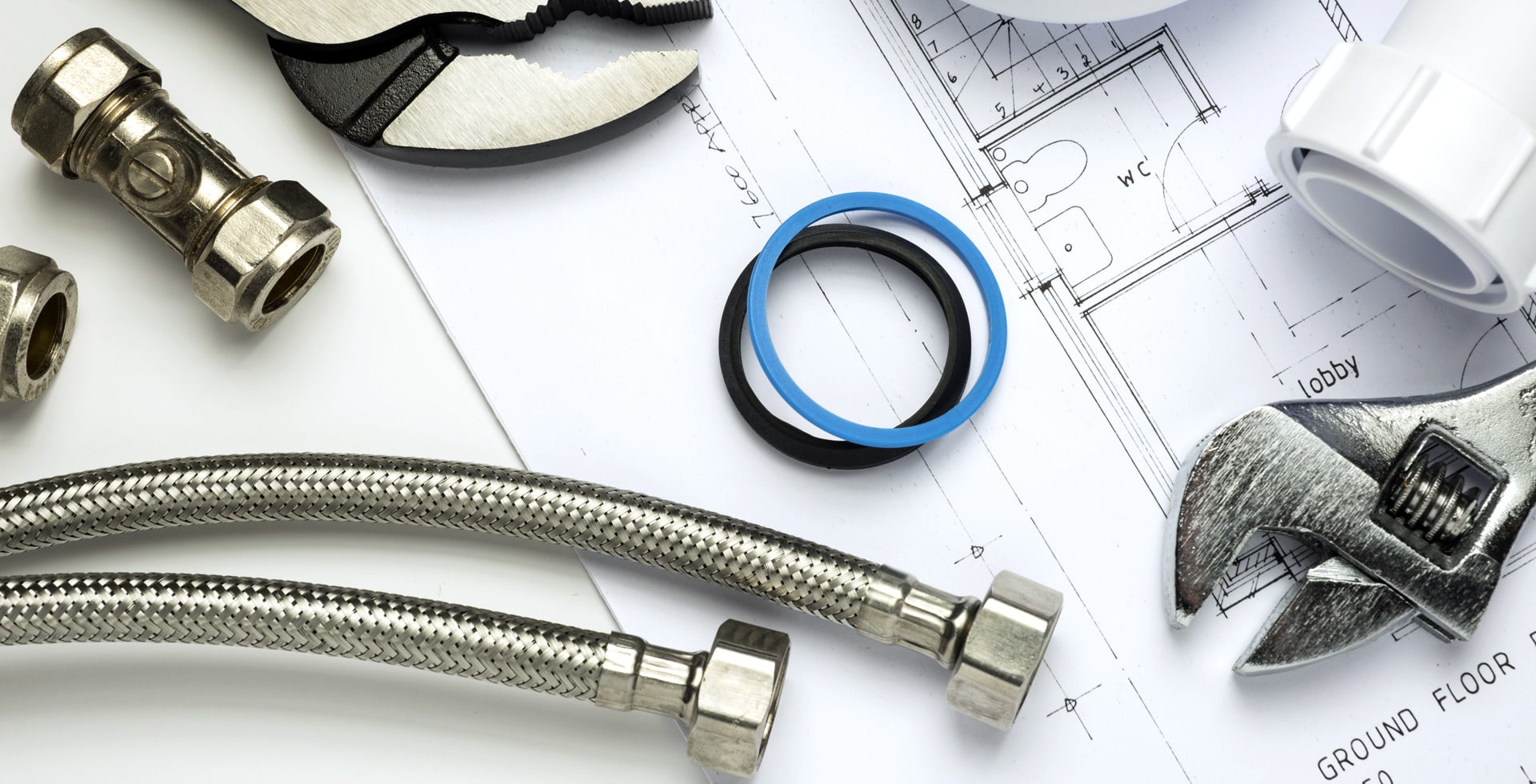“`html
Is It Safe to Manually Open a Broken Garage Door?
A malfunctioning garage door can be a significant inconvenience, leaving you stranded inside or locked out of your home. When faced with a broken garage door, many homeowners consider manually opening it. However, this action is not without risks. In this post, we will examine the safety considerations, potential dangers, and recommended steps if you find yourself in this situation.
Understanding the Components of a Garage Door
To assess whether it’s safe to manually open a broken garage door, it’s essential to understand how a garage door operates. The main components include:
- Door Panels: The large sections that make up the body of the door.
- Tracks: Metal rails that guide the door up and down.
- Springs: Tension springs that assist with lifting the door.
- Openers: The motorized system that typically opens and closes the door.
- Safety Sensors: Devices that prevent the door from closing if something is in its path.
Identifying the Problem
Before attempting to manually open a broken garage door, you must identify the problem. Common issues include:
- Broken springs
- Misaligned tracks
- Faulty garage door opener
- Obstructed sensors
Understanding the type of malfunction will help you gauge the risks associated with manually opening the door.
Risks of Manually Opening a Broken Garage Door
While it may seem straightforward to manually lift a garage door, several risks are associated with this action:
- Injury from Falling Doors: If the springs are broken, the door could fall suddenly, posing a severe risk of injury.
- Pinching Hazards: Moving parts can pinch fingers or hands, leading to injuries.
- Damage to the Door: Forcing the door open can cause further damage, making repairs more expensive.
- Mechanical Failures: Manual operation can exacerbate existing mechanical issues.
Steps to Take Before Attempting to Open the Door
If you decide to proceed with manually opening a broken garage door, follow these safety measures:
- Assess the Situation: Examine the door, springs, and tracks for visible damage.
- Secure the Area: Ensure no one is around the door while you attempt to open it.
- Use Caution: Wear appropriate safety gear, such as gloves and protective eyewear.
- Disconnect the Opener: Unplug the garage door opener to disable the motor.
How to Manually Open the Garage Door
If you have determined that it is reasonably safe to open the door manually, follow these steps:
- Release the Door: Locate the release cord or lever, typically colored red, and pull it to disengage the door from the opener.
- Lift Slowly: Stand clear of the door and lift it slowly by the bottom edge with both hands. Be prepared for resistance due to weight.
- Set the Door Down: If you need to keep the door open temporarily, prop it open with a sturdy object. Avoid leaving it unattended.
When to Call a Professional
If at any point you feel uncertain or unsafe about opening the garage door, it’s crucial to call a professional. Signs that you should seek assistance include:
- You notice visible damage to the springs or tracks.
- The door feels excessively heavy or unbalanced.
- You are unsure how to disconnect the opener safely.
- There are mechanical sounds indicating a failure.
Prevention Tips for Future Issues
To avoid facing a broken garage door in the future, consider these preventive measures:
- Regular Inspections: Periodically check the door components for signs of wear or damage.
- Routine Maintenance: Lubricate moving parts and ensure tracks are clean and aligned.
- Spring Replacement: Consider replacing springs preemptively every few years, particularly if they show signs of wear.
- Professional Service: Schedule an annual inspection with a garage door technician.
Conclusion
While it may be possible to manually open a broken garage door, significant safety risks are involved. Assess the situation carefully, take necessary precautions, and always prioritize safety. If in doubt, do not hesitate to call a professional to address the issue. By understanding how your garage door operates and taking preventive measures, you can minimize the risk of encountering problems in the future.
“`

